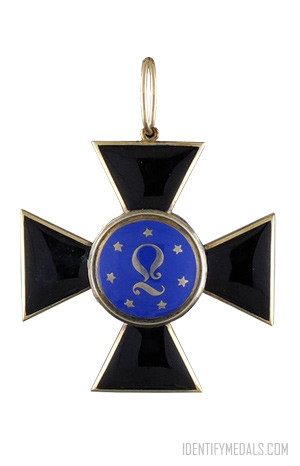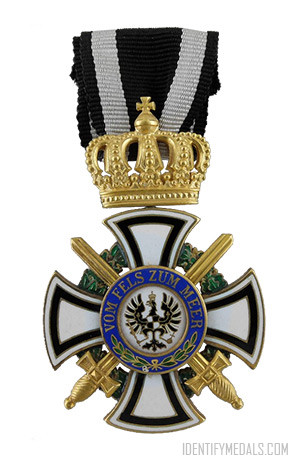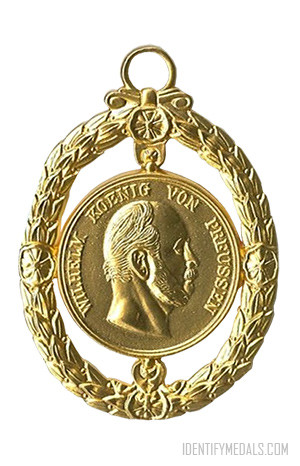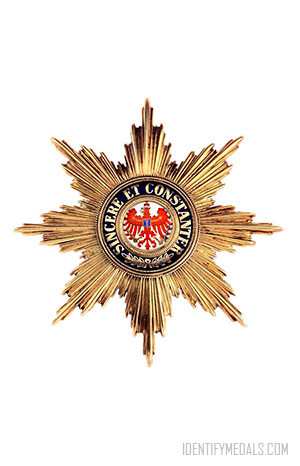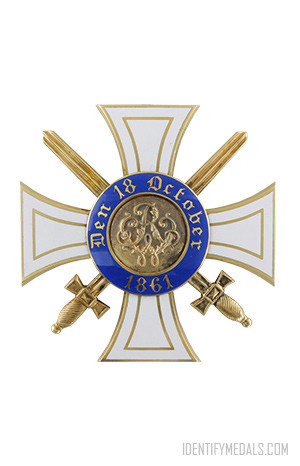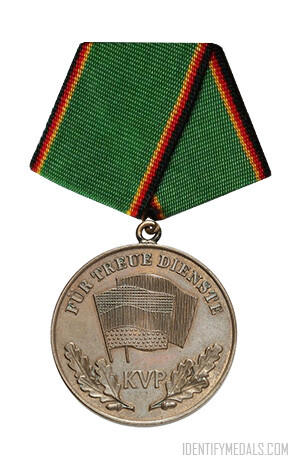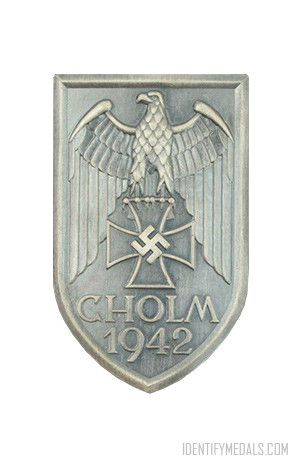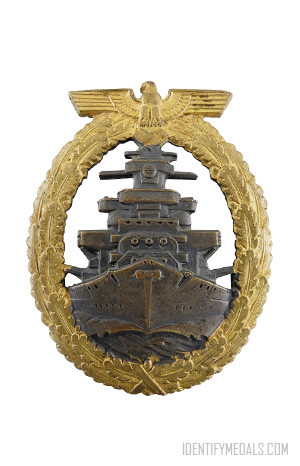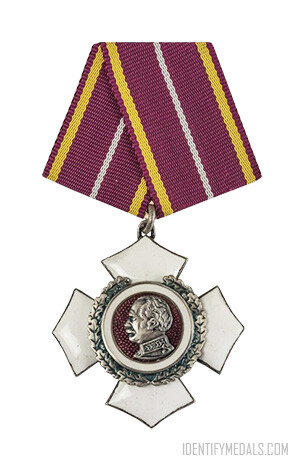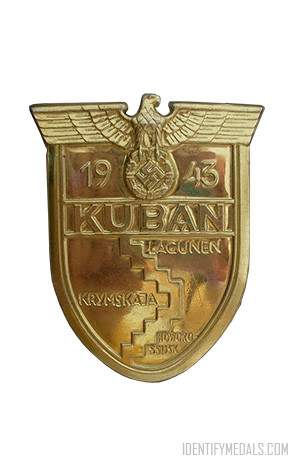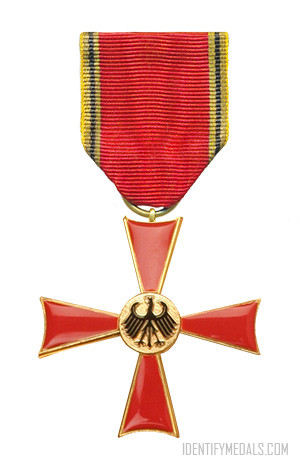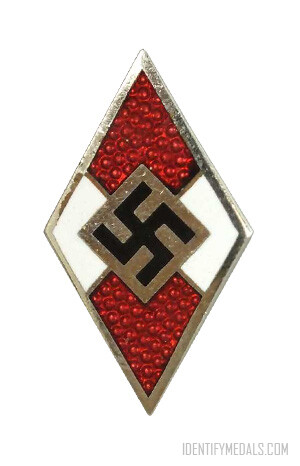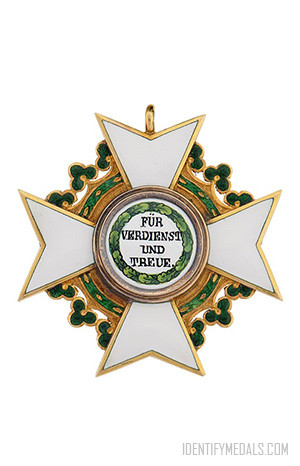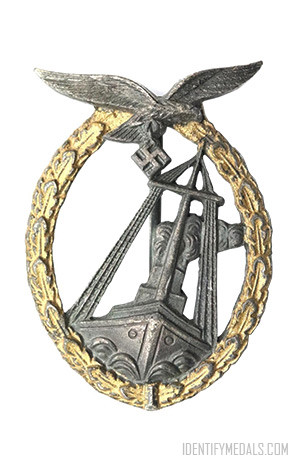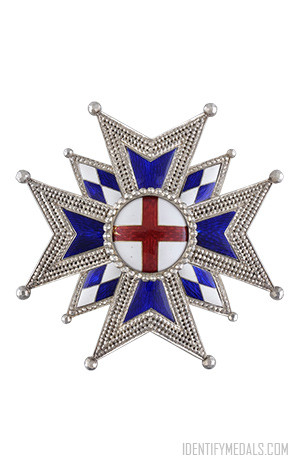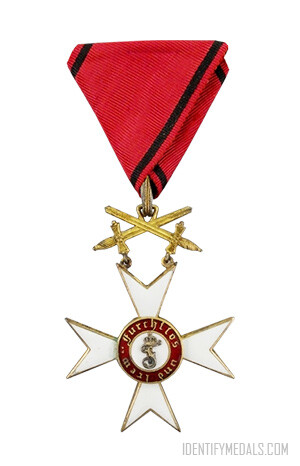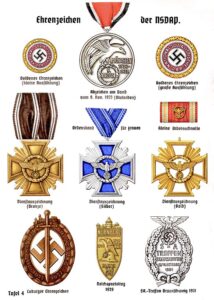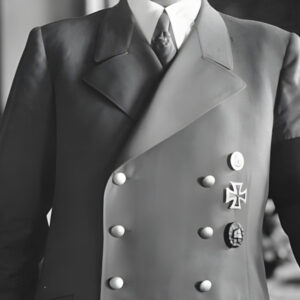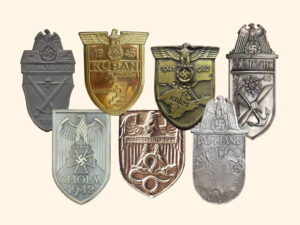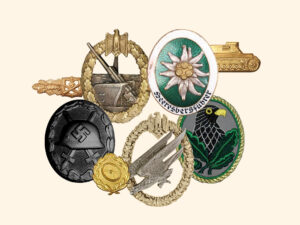- Time Period: Pre-WW1
- Institution: 3 August 1814
- Country: Germany (Kingdom of Prussia)
The Order of Louise (or Luisen-Orden in German) was founded on 3 August 1814 by Frederick William III of Prussia to honor his late wife, the beloved Queen Louise. It was intended strictly for women whose service to Prussia was worthy of such high national recognition. Its dame companion members were limited to 100 in number, and were intended to be drawn from all classes.
The Chief of the Order of Louise was the reigning queen. Daughters in the royal family were invested with this order in lieu of the Order of the Black Eagle, Order of the Red Eagle Grand Cross, Prussian Crown Order First Class, and Royal House Order of Hohenzollern that were reserved for the sons.
The Order of Louise was renewed with each successive monarch. At its initial creation in 1814, the Order was only available in one class. A second class was added during the reign of Wilhelm I.
The Order of Louise Design
Dames, First Class, wore the black-enameled cross with its blue-enameled, medallion centerpiece, suspended from a predominantly white ribbon, with three black stripes, as tied in a bow. Though the statutes indicate that the badge was to be worn on the left breast, many period portraits show the members wearing the badge on or at the left shoulder of their dresses.
Dames, Second Class, wore a similarly-designed silver cross, minus the black enamel, which was also worn suspended from the white and black bow. The Prussian State Handbook of 1907 indicates further variants and subsets of the Second Class of the order: II.1 with silver crown, II.1 (without crown), and II.2.
More Prussian Orders
Throughout Prussian history, these orders played a significant role in the social hierarchy and served as tangible expressions of royal favor and recognition. They continued to be awarded even after the dissolution of the Kingdom of Prussia, remaining as enduring symbols of valor, service, and honor in German society. Here are some more about Prussian Orders:

